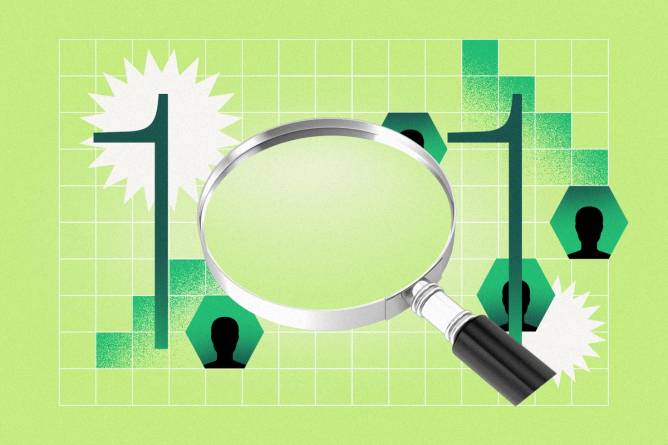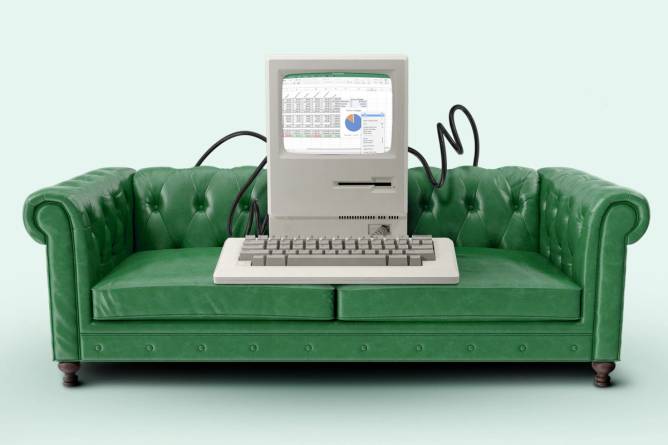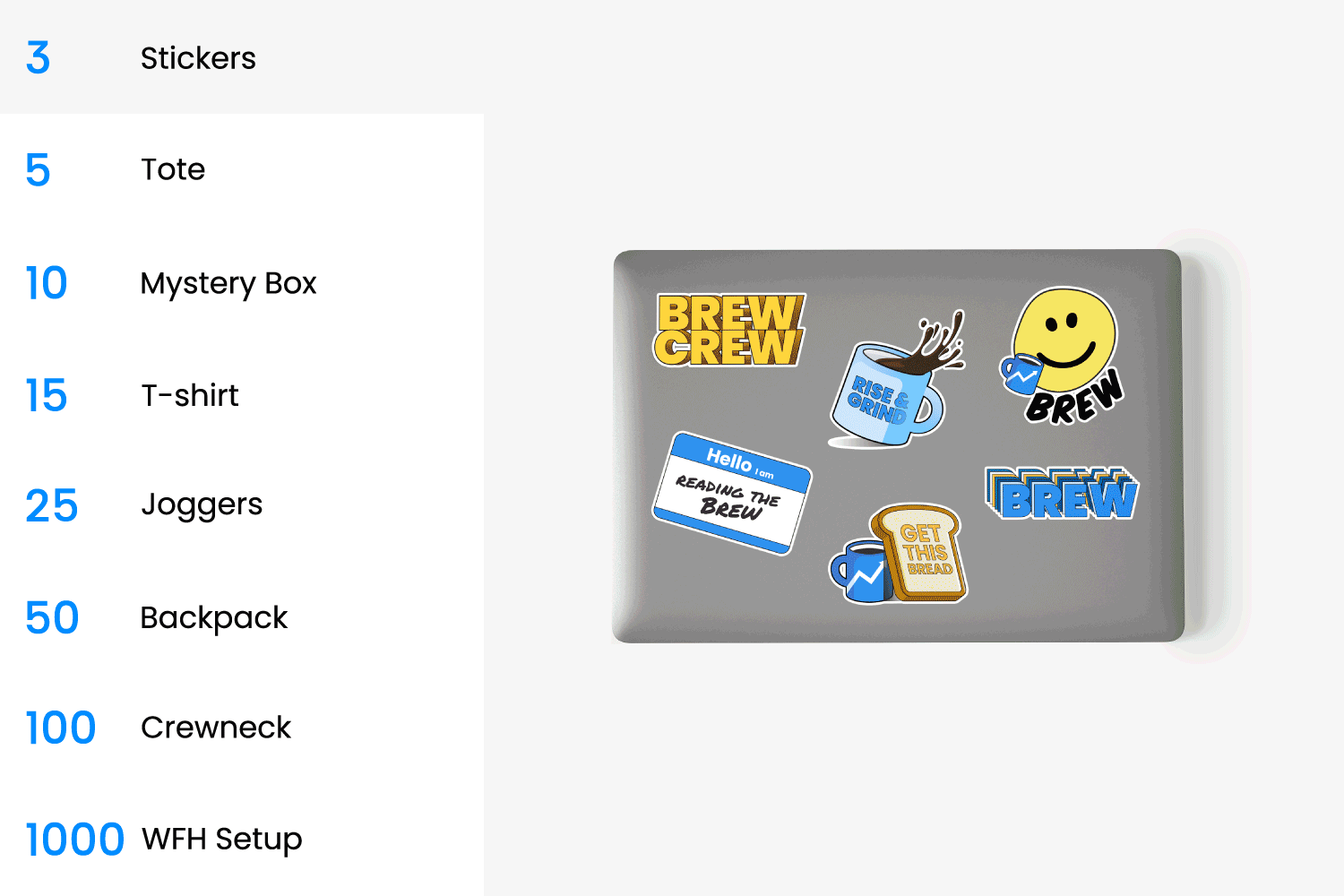Tumsasedgars/Getty Images
As HR departments prepare for open enrollment, many pros are thinking about how they can make the most of the period when employees select benefits for the coming year.
Despite rising healthcare costs, nearly two-thirds (64%) of employers plan to enhance their health and well-being benefit offerings in 2024, according to a survey from consulting firm Mercer. But even when HR pros succeed in boosting their organizations’ benefit offerings, communicating those changes to employees can be a challenge. More than one-half of full-time workers (54%) reported there were elements of their benefits package they didn’t understand, a recent MetLife survey found.
Two HR executives shared their plans for communicating with employees ahead of open enrollment, as well as evaluating the return on investment of benefits once employees have enrolled in them.
Side-by-side comparison. To make the open enrollment process a bit less confusing, JCPenney launched a microsite where employees can access the retailer’s 2023 annual enrollment presentation and benefits guide, as well as get started with the process.
Keep reading here.—CV
|
|
Recognizing your employees isn’t just the right thing to do—it may also be the key to boosting productivity.
Talk about a win-win. Workhuman and Gallup took a closer look at how recognition boosts productivity and laid out all their findings in this new report. Hint: When people feel appreciated and their work is engaging, their output gets better and faster than ever.
Get the free report, How does recognition boost productivity?, and see how this can result in a 9% improvement in productivity and $98.9m in savings for an average business with 10,000 employees.
Turns out a little recognition does go a long way.
Get the full scoop.
|
|
Teera Konakan/Getty Images
Economists didn’t see that coming.
The latest jobs data from the Bureau of Labor Statistics (BLS) shows the US economy added 336,000 jobs in September, drastically surpassing the 170,000 expected by Dow Jones, as well as the 187,000 added in August, according to CNBC. The unemployment rate, meanwhile, held steady at 3.8%.
“September marks the 33rd consecutive month of job growth for the US,” CNN reported. Industries that saw the most gains included leisure and hospitality; government; healthcare; professional, scientific, and technical services, and social assistance, according to the BLS.
What it means for employers. While the demand for labor is still “quite elevated,” Jared Bernstein, chair of the White House council for economic advisers, told HR Brew, it’s good news for employers, as it means the demand is being met by a better supply.
Keep reading here.—AS
|
|
Francis Scialabba
Welcome to HR 101. Class is now in session. Today’s discussion will be about the burden that student loans can have on employees—and how employers can help alleviate the stress.
The history. The student loan system as we know it today started to take shape in 1992, when the Higher Education Amendments created the FAFSA, direct lending, and unsubsidized Stafford loan programs, according to a report by LendEDU. In 1993, the Student Loan Reform Act formalized the Direct Lending program, allowing students to borrow directly from the government instead of private lenders, which had been the only option since 1965.
Fast-forward. Outstanding student loan debt in the US, from federal and private loans, currently stands at $1.75 trillion, reports Forbes. More than 43 million Americans (primarily Gen X, millennials, and Gen Z) have student loan debt, according to BankRate. At the start of the Covid-19 pandemic, the Department of Education paused federal student loan payments as an emergency measure. But that forbearance ended last month, and now borrowers have to pay up.
One option HR leaders have to attract, retain, and engage talent is to advocate for their organization to offer a student loan repayment program.
Keep reading here.—AS
|
|
|
RIP workforce planning. At least the way we all know it. Less than 60% of business leaders understand what skills they may need in the future. Read Beamery’s white paper to learn how technology can provide top-notch skills intelligence so you can acquire, reskill, and redeploy the talent you need through streamlined workforce planning strategies. Level up.
|
|
Francis Scialabba
Today’s top HR reads.
Stat: Less than 5% of US truck drivers are women, in part because companies say there are no women to train them. (the New York Times)
Quote: “With so many young Black people still struggling to have fair opportunity and fit in within the workplace, it’s clear that businesses are still not quite hitting the mark on building supportive workforces.”—Tiana Holgate, head of diversity, equity, inclusion, and belonging at social media agency TapIn, on the workplace experience of Black Gen Z employees (Pink News)
Read: Adaptability is one of the most undervalued leadership skills. (Fast Company)
Recognition revelation: Workhuman and Gallup teamed up for a deep dive into employee recognition—and learned that recognition boosts productivity and can save businesses some serious cash. Get the full report.*
*A message from our sponsor.
|
|
|
Don’t let your diversity, equity, and inclusion initiatives lose steam. Join us for our virtual event designed to equip you with the tools to keep DE&I progress moving forward. We’ll be talking with Mel Marshall, VP of people and organization at Banfield Pet Hospital, to share insights and strategies for preventing regression during challenging times. Register now and get ready to stay committed to inclusivity.
|
|
Looking to make your next career move? iHireHR has 30k+ handpicked jobs for HR pros, plus easy-to-use tools so you can search and apply from anywhere. Check out these open roles:
Explore even more HR jobs here.
|
|
|









